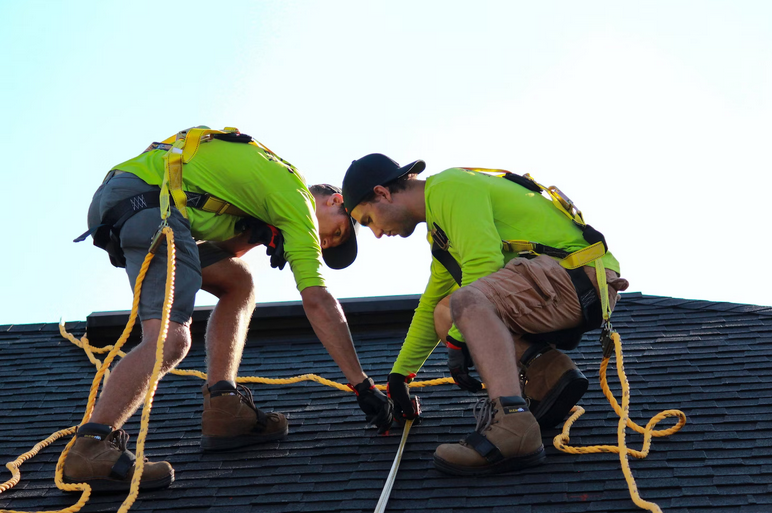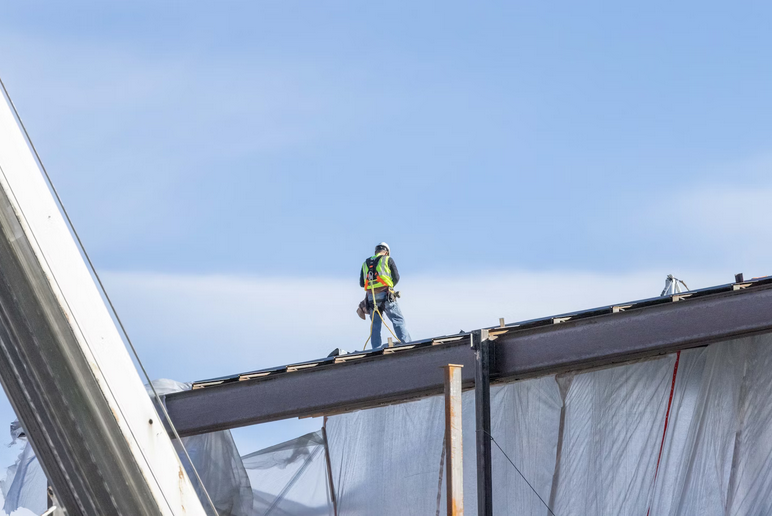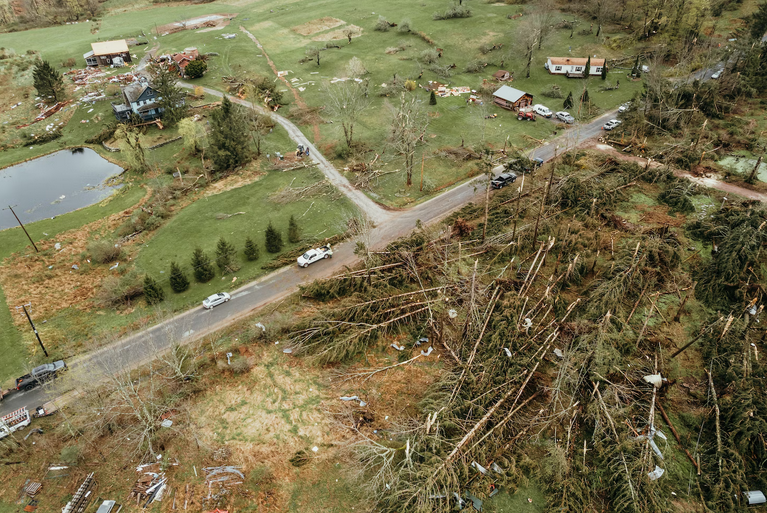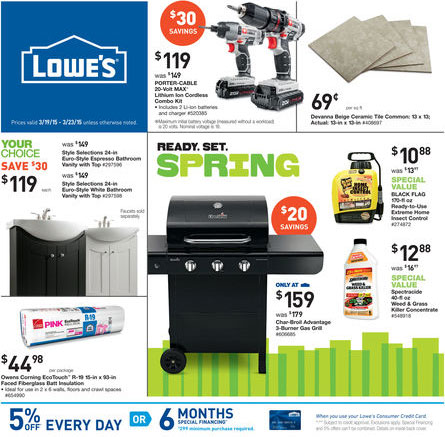Are you ready to weather the storm? As hurricane season approaches, homeowners must be armed with knowledge and a solid plan. From securing your property to stocking up on essentials, our comprehensive guide is here to walk you through every step of hurricane preparedness. Don’t get caught off guard when those swirling winds approach – read on and empower yourself with the tools necessary to protect your home and loved ones during nature’s most formidable storms.
Inspect and Reinforce the Roof

The roof is the first line of defense against wind and rain, making its structural integrity crucial during hurricanes. Conduct a thorough roof inspection to identify and address any existing damage. Reinforce weak points, such as soffits, fascia, and roof connections. Consider investing in hurricane straps or clips to secure the roof to the walls, minimizing the risk of uplift during strong winds. Partial Roof Replacement may be necessary if your roofing material is worn out or damaged.
Develop an Emergency Plan
The first step in hurricane preparedness is developing a comprehensive emergency plan for your family. Identify evacuation routes, emergency contacts, and a designated meeting point. Ensure that all family members are aware of the plan and conduct practice drills to familiarize everyone with evacuation procedures. Having a well-thought-out plan in place minimizes confusion and panic in the event of an emergency.
Secure Windows and Doors
Windows and doors are vulnerable points during a hurricane, and securing them is paramount. Invest in storm shutters or plywood panels to protect windows from flying debris. Reinforce doors with hurricane-resistant hardware and consider installing impact-resistant glass for added protection. These measures not only safeguard your home’s structural integrity but also provide a barrier against storm-driven projectiles.
Trim Trees and Remove Debris
Overhanging branches and loose debris can transform into projectiles during hurricane-force winds, posing a threat to your home and surrounding structures. Trim trees, remove dead branches, and secure outdoor furniture, plants, and other items that could become airborne. Regular yard maintenance contributes to a safer environment and reduces the risk of damage caused by flying debris.
Check and Secure Outdoor Structures

If your property includes outdoor structures like sheds, carports, or gazebos, inspect and reinforce them to withstand hurricane-force winds. Anchor outdoor structures securely to the ground using straps or ground anchors. Store outdoor equipment in a secure location, and if possible, disassemble lightweight structures that could become airborne projectiles during a storm.
Stock Up on Emergency Supplies
Create a well-stocked emergency kit to ensure your family’s well-being during and after a hurricane. Include essentials such as non-perishable food, water, medications, first aid supplies, flashlights, batteries, important documents, and a battery-operated weather radio. Ensure that the kit is easily accessible and periodically check and update its contents.
Evaluate Insurance Coverage
Review your homeowners’ insurance policy to understand your coverage in the event of hurricane damage. Ensure that your policy covers windstorms and flood damage, as these are common issues during hurricanes. If necessary, consider additional coverage options to provide comprehensive protection for your home and belongings.
As hurricane season approaches, proactive preparation is the key to mitigating risks and safeguarding your home and loved ones. From developing a robust emergency plan to securing windows, reinforcing the roof, and stocking up on essential supplies, every step contributes to building resilience against the forces of nature. As a responsible homeowner, investing in these measures is an investment in the security and longevity of your home.



